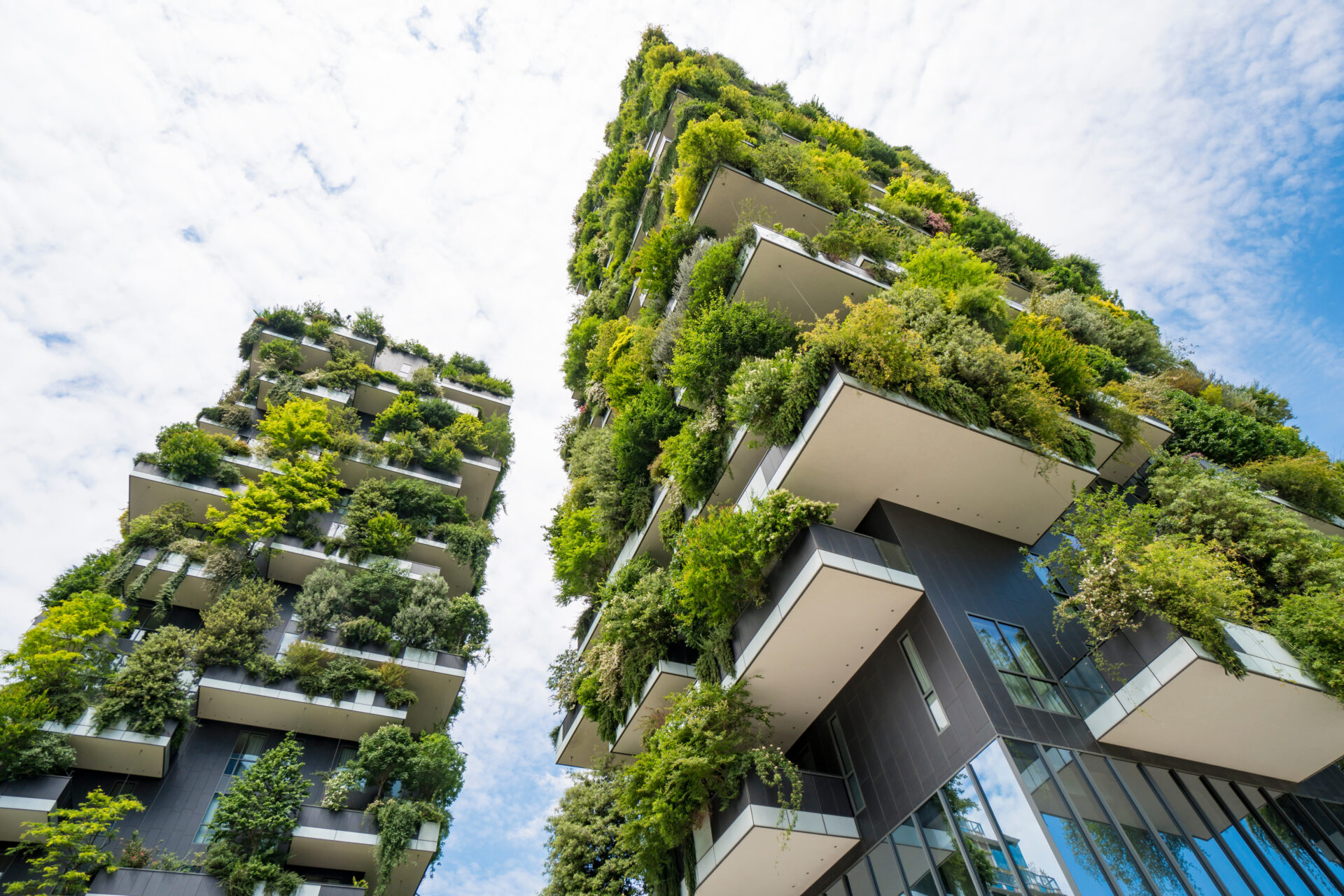Eco-Friendly Building: Sustainable Techniques for a Greener Future

Eco-Friendly Building Techniques for a Sustainable Tomorrow
As the world increasingly recognizes the importance of environmental conservation, eco-friendly building techniques have emerged as a key player in sustainable development. From materials to construction processes, integrating environmentally conscious practices in the realm of architecture and construction is vital. This article explores various techniques that contribute to a greener, more sustainable future.
1. Sustainable Materials: Paving the Way for Green Construction
One of the fundamental pillars of eco-friendly building involves the use of sustainable materials. Opting for renewable resources such as bamboo, reclaimed wood, and recycled metal reduces the environmental impact associated with traditional construction materials. These alternatives not only help preserve natural resources but also promote a circular economy.
2. Energy-Efficient Design: Harnessing Nature’s Power
Designing with energy efficiency in mind is a crucial aspect of eco-friendly building. Incorporating features like large windows for natural lighting, proper insulation, and utilizing passive solar design can significantly reduce the reliance on artificial heating and cooling systems. This not only minimizes energy consumption but also lowers utility costs in the long run.
3. Green Roofs and Walls: Adding a Touch of Nature
Integrating green roofs and walls into building designs is a visually appealing and environmentally beneficial technique. Green roofs, covered with vegetation, provide insulation, absorb rainwater, and mitigate the urban heat island effect. This eco-friendly approach also enhances biodiversity in urban areas, creating a harmonious balance between the built environment and nature.
4. Water Conservation: Smart Practices for Sustainable Living
Eco-friendly building isn’t just about the structure itself; it extends to resource management. Implementing water conservation techniques, such as rainwater harvesting systems and greywater reuse, reduces the strain on local water supplies. These practices contribute to a more sustainable water cycle and support the overall health of ecosystems.
5. Prefabricated Construction: Efficiency Meets Sustainability
Embracing prefabricated construction methods is a time and resource-efficient approach to building while aligning with sustainability goals. Prefabrication reduces waste, minimizes construction time, and allows for better control over material usage. This method significantly contributes to eco-friendly building practices and has gained popularity for its positive environmental impact.
6. Sustainable Landscaping: Completing the Green Picture
A holistic approach to eco-friendly building includes the surrounding landscape. Sustainable landscaping practices involve selecting native plants, implementing efficient irrigation systems, and creating outdoor spaces that harmonize with the natural environment. This not only enhances the aesthetic appeal but also fosters biodiversity and ecological balance.
Eco-Friendly Building Techniques can truly transform the way we approach construction, creating spaces that are not only visually stunning but also environmentally responsible.
To delve deeper into the world of sustainable architecture and construction, explore the various techniques and innovations that architects and builders are adopting at JetDesignHome. Discover how these strategies contribute to a more sustainable and eco-conscious future in the realm of architecture and design.









